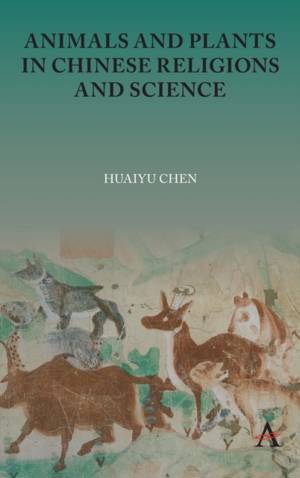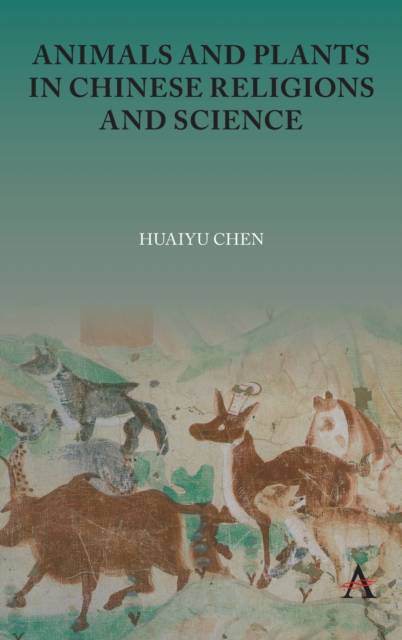
- Retrait gratuit dans votre magasin Club
- 7.000.000 titres dans notre catalogue
- Payer en toute sécurité
- Toujours un magasin près de chez vous
- Retrait gratuit dans votre magasin Club
- 7.000.000 titres dans notre catalogue
- Payer en toute sécurité
- Toujours un magasin près de chez vous
Description
In ancient China, the tradition of observing nature is combined with Yin-Yang and the Five-Phase theories, which were later incorporated into the ancient arts of divination, including the technique of predicting weather changes by observing the behavior and health of animals. The observation of the close connection between animals and weather developed into the worship of animals, that is, what can be called the cult of animals. Plant science and technology in medieval China cannot be separated from the developments in agriculture, economics, and medicine, as well as cultural practice. The Chinese empire ruled most of East Asia in the medieval period. Numerous species of plants were observed, cultivated, harvested, and used in the vast land of China that spanned a wide range of biomes from boreal through to temperate and tropical, with most regions classed as subtropical. Besides indigenous plants, many plants from West, Central, South, and Southeast Asia were introduced into China and East Asia in general. Numerous zoomantic practices appeared in two sets of textual documents in the premodern Chinese bibliographical system, namely official documents and popular documents. Official documents were often compiled by government officials and served political governance objectives. These documents included official histories, annals, and institutional documents, as well as Confucian classics. The authorship or editorship of these documents was often explicit. Popular documents included strange writings, tales, legends, and religious documents from Buddhism and Daoism, which were often not compiled under the sponsorship and support of the court or government. They might be compiled by literati but lost original authorship. They did not serve political motivations and objectives, reflecting how people understood and interpreted correlative cosmology by observing animal behaviors at the local or non-bureaucratic level.
Spécifications
Parties prenantes
- Auteur(s) :
- Editeur:
Contenu
- Nombre de pages :
- 214
- Langue:
- Anglais
Caractéristiques
- EAN:
- 9781839985010
- Date de parution :
- 14-03-23
- Format:
- Livre relié
- Format numérique:
- Genaaid
- Dimensions :
- 152 mm x 229 mm
- Poids :
- 485 g

Les avis
Nous publions uniquement les avis qui respectent les conditions requises. Consultez nos conditions pour les avis.






